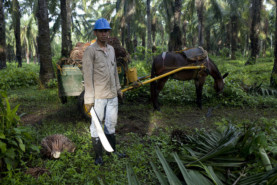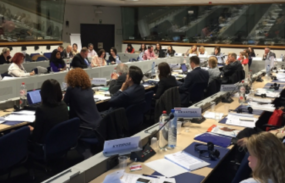Posted on 01 Dec 2016
Executive Summary
In recent years, there have been several media accounts of the exploitation of workers and in particular, the exploitation of migrant workers, in New Zealand. Workplace exploitation ranges from instances of wage abuse through to forced labour. In 2016, there was the first human trafficking conviction in New Zealand. Faroz Ali was convicted of 15 human trafficking charges in the Auckland High Court. This has been described as the ‘tip of the iceberg’.
The purpose of this study is to investigate worker exploitation in New Zealand. This project comprised two stages. The first stage was a desk review of secondary sources to understand what we know (2005 to 2015) about worker exploitation in New Zealand. The second stage involved 105 semi-structured interviews with workers – predominantly temporary migrant workers – from a range of industries.
Desk review: what do we know?
Cases of worker exploitation were identified in several key industry sectors and predominantly labour-intensive industries. This is in line with international research, which has identified exploitation is most often associated with labour intensive industries, including agriculture, construction, manufacturing, and fisheries. New Zealand’s primary industry sectors are increasingly experiencing labour shortages particularly those industries where much employment is seasonal in nature. Six key industry sectors were identified in the initial desk review: construction, dairy, fishing, horticulture and viticulture, hospitality, and prostitution. In addition, a review of the international education sector was undertaken as media reports were focusing on the vulnerability of international students.



